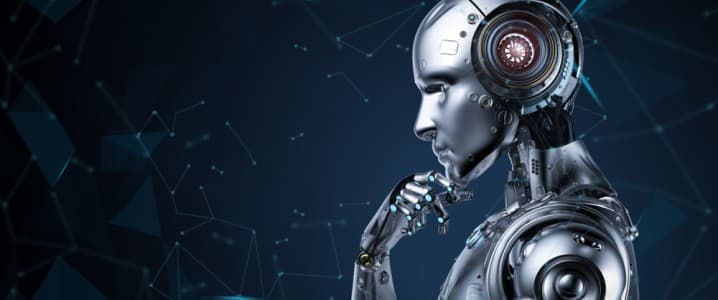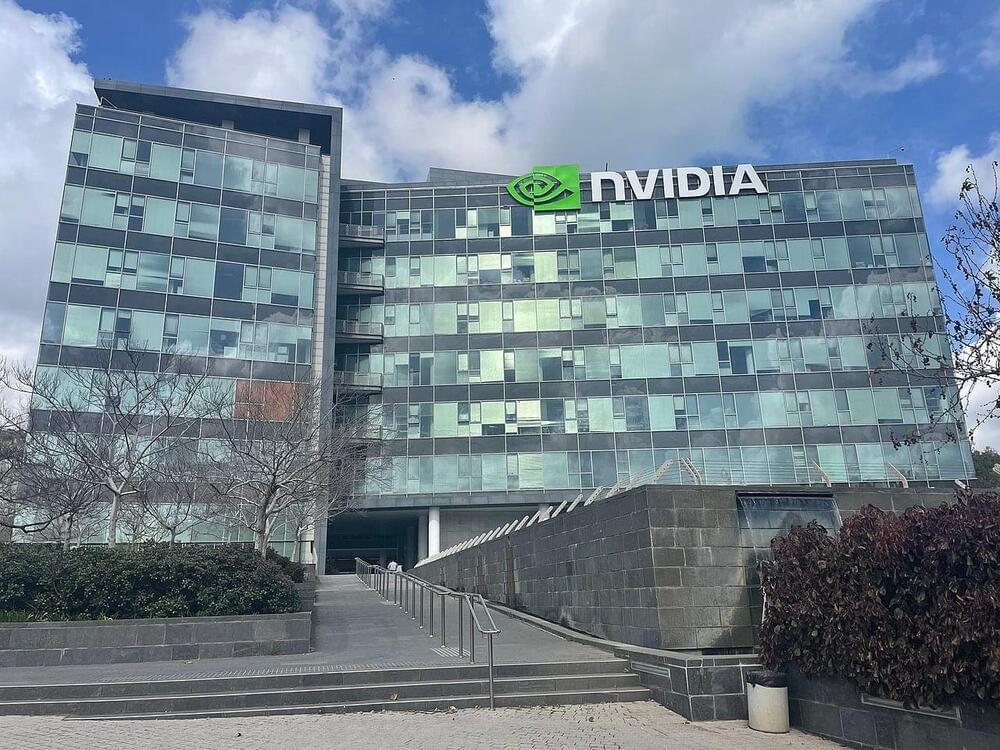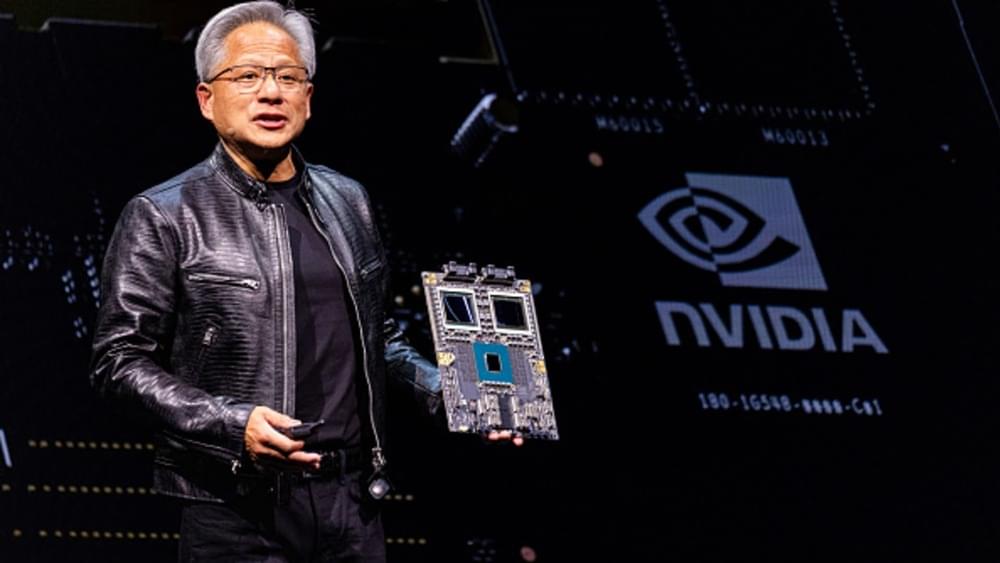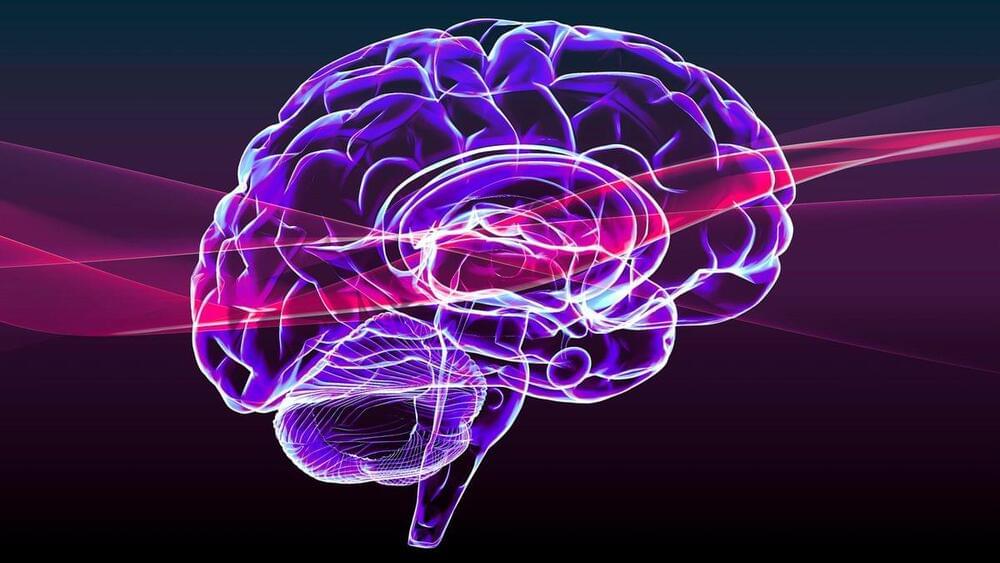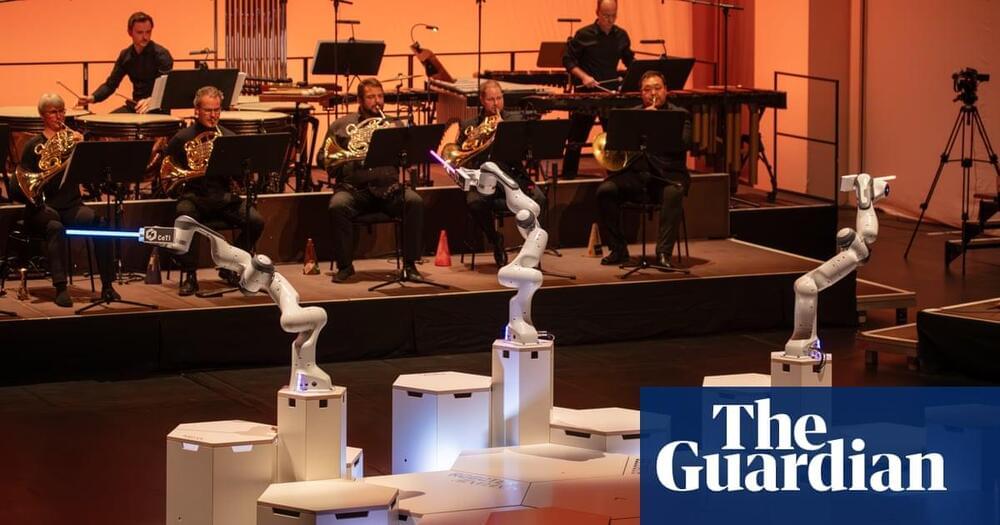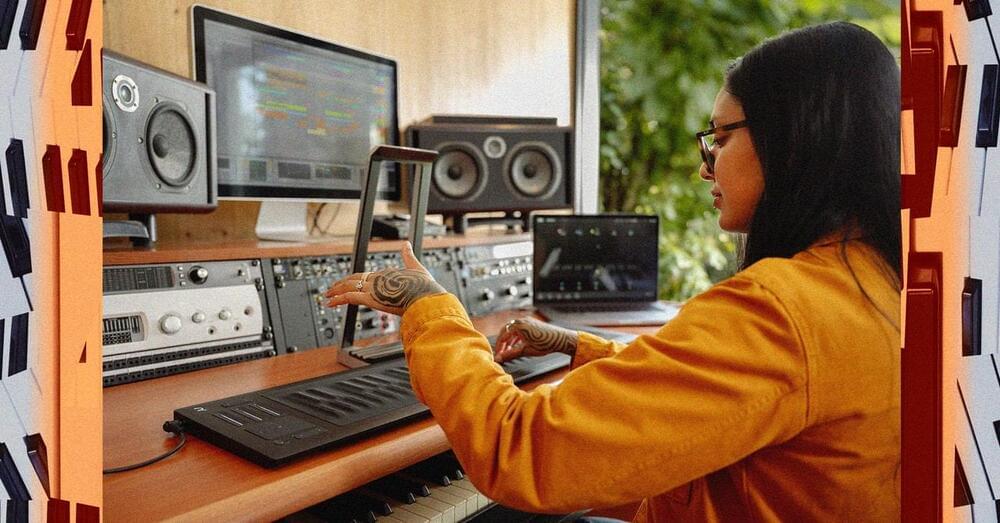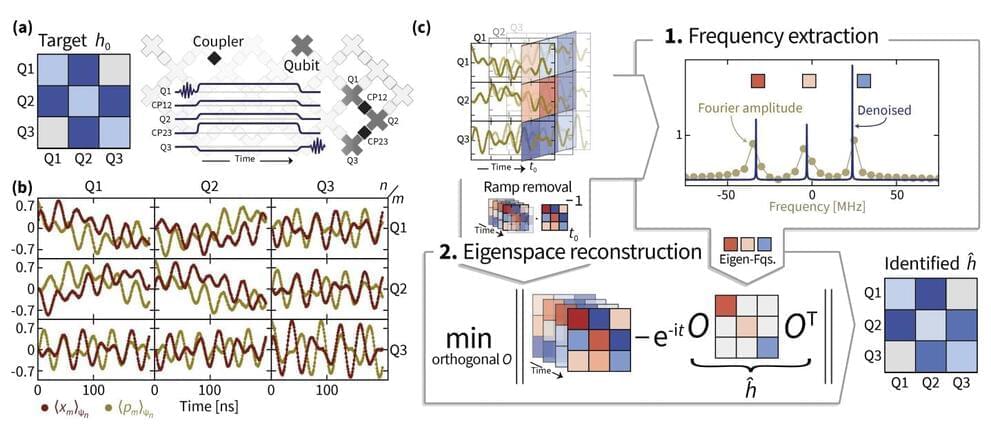Oct 14, 2024
How AI Will Impact Energy Industry Margins Over the Next 5 Years
Posted by Genevieve Klien in category: robotics/AI
Artificial intelligence has the potential to significantly boost margins across various industries in the coming years, most notably software, semiconductors, and energy.
